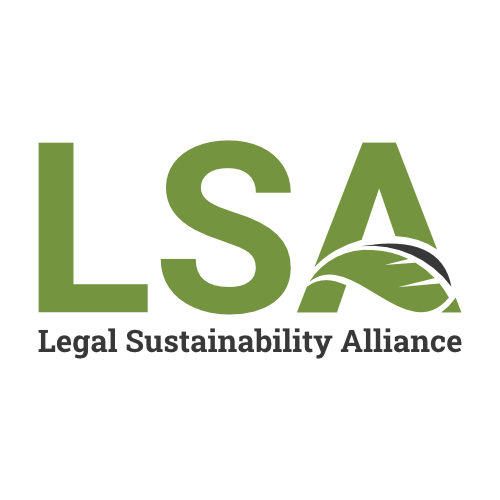Shoosmiths supply chain engagement on the way to net zero
Guest blog by Nicola Ellen – Head of Corporate Responsibility, Shoosmiths
LSA member Shoosmiths has a target for its operations to achieve net zero by 2025. This applies to the firm’s Scopes 1 (gas and refrigerants), and Scope 2 (electricity) emissions. Shoosmiths announced this target in January 2020, i.e. before the Science Based Targets initiative (SBTi) launched its framework for corporate net zero target setting in October 2021.
In light of this standard, Shoosmiths is reviewing its net zero intentions for all emissions so that the firm can redefine its net zero target date for Scopes 1, 2 and 3. This work is part of a larger project to review the firm’s long-term net zero strategy.
Shoosmiths also has near-term science-based emissions reduction targets validated by the Science Based Targets initiative (SBTi) namely:
- Reduce emissions across the firm’s entire value chain by 30% by 2030 versus 2020 base year.
- Increase annual sourcing of renewable electricity from 74% in 2020 to 100% by 2025.
Circa 60% of Shoosmiths’ total carbon footprint relates to goods and services emissions. In 2019/2020 and 2020/2021 supply chain emissions were based on supplier spend but the firm is now starting via an online supplier portal to gather primary data from its suppliers, to determine which suppliers have set science-based emissions reduction targets and to identify opportunities for collaboration with Shoosmiths. These questions are also included in relevant supplier tenders.
Shoosmiths has tested the questions with a sample of suppliers and based on their responses and feedback has added 10 questions to the portal.
In calculating its 2021/2022 carbon footprint a hybrid approach will be undertaken, including primary data from suppliers and filling data gaps using spend-based estimation calculations.
Supplier Questionnaire
| 1. | Does your company measure its annual GHG footprint including scopes 1 and 2? | Yes/No |
| 2. | If the answer to question 1 is ‘yes’ do you have arrangements in place that would allow you to calculate the GHG footprint of the goods or services, you provide to Shoosmiths? | Yes/No |
| 3. | If the answer to question 2 is ‘yes’, for the period of 1st May 2020 to 30th April 2021, please provide the GHG footprint of the products/ services supplied to Shoosmiths in kg of CO2 equivalents (kgCO2e). This information can be sent separately to this form. | |
| 4. | If the answer to question 2 is ‘no’, do you have arrangements in place that would allow you to calculate the use of energy, material quantities or distances travelled as part of your contract with Shoosmiths? | Yes/No |
| 5. | If the answer to question 4 is ‘yes’, for the period of 1st May 2020 to 30th April 2021, please provide activity data (the emissions source) relating specifically to the product/ service provided to Shoosmiths, e.g:
· Materials provided (kg) · Distances travelled (km/ miles) · Electricity used (kWh) · Fuel used (litres/ m3/ kWh/kg) This information can be sent separately to this form. Shoosmiths will then use this information to estimate the emissions footprint of the goods/ services that you have provided during the reporting period. |
|
| 6. | Do you operate a GHG neutral / net zero business or are the services/ products you supply to Shoosmiths GHG neutral/ climate positive? | Yes/No
|
| 7. | If the answer is ‘yes’ to question 6, please provide your definition of net zero/ GHG neutral/ climate positive and supporting evidence e.g. GHG neutral certificate. | |
| 8. | If you use offsetting as part of your net zero/ GHG neutral/ climate positive service, please confirm whether you purchase avoidance offsets (reduce GHG emissions to atmosphere) or removal offsets (GHG removed from atmosphere). | |
| 9. | Do you have any plans to reduce your scope 1 and 2 emissions in the coming years? If yes, please provide a short summary of these below: | |
| 10. | If any, please describe the key actions taken to reduce the emissions associated with your product/ service during the same reporting period 1st May 2020 to 30th April 2021. |

